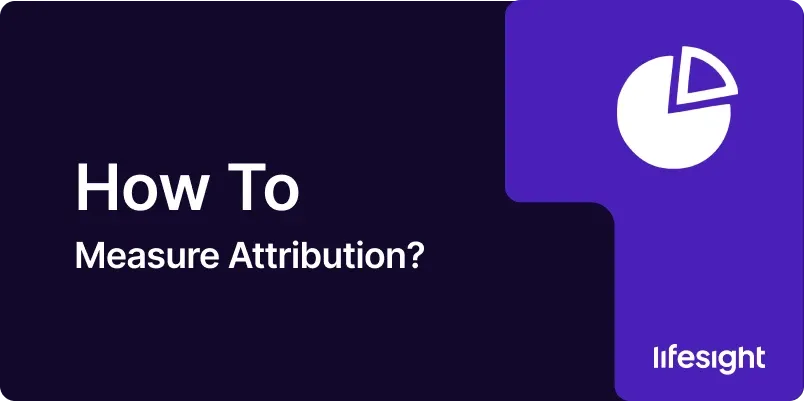
Introduction
Measuring attribution is a crucial aspect of understanding the customer journey and determining the impact of various touchpoints on conversions. Attribution models help marketers allocate credit to different channels and interactions that contribute to a conversion. In this guide, we will provide a step-by-step approach to measuring attribution effectively, empowering you to make data-driven decisions and optimize your marketing strategy.
Step 1: Define Your Attribution Model
Before diving into measurement, choose an attribution model that aligns with your business goals. Common models include first-touch, last-touch, linear, and time decay attribution. Each model distributes credit differently among touchpoints.
Step 2: Access Analytics Platforms
Log in to your analytics platform, such as Google Analytics or a marketing automation tool. These platforms offer features to measure attribution based on the chosen model.
Step 3: Navigate to Attribution Reports
In your analytics platform, find the attribution or multi-channel funnel reports. This section provides insights into how different channels contribute to conversions over the customer journey.
Step 4: Examine Channel Interactions
Analyze the interactions across various channels. Understand how users move through different touchpoints before converting. This insight is valuable for identifying the most influential channels in the customer journey.
Step 5: Review Assisted Conversions
Explore the assisted conversions report. This report highlights channels that may not be the last touchpoint but contribute significantly to the conversion path. Assess how different channels work together in the customer journey.
Step 6: Assess Top Conversion Paths
Examine the top conversion paths report. This report displays the most common sequences of touchpoints leading to conversions. Identify patterns and understand the sequential impact of various channels.
Step 7: Utilize UTM Parameters
Implement UTM parameters in your campaign URLs. UTM parameters allow you to track the source, medium, and campaign for each user interaction. This detailed tracking is instrumental in attributing conversions accurately.
Step 8: Monitor Time Lag and Path Length
Analyze the time lag report to understand how long it takes for users to convert after their first interaction. Additionally, review the path length report to observe the number of touchpoints typically involved in the conversion process.
Step 9: Integrate CRM Data
If applicable, integrate CRM (Customer Relationship Management) data with your attribution analysis. CRM data provides insights into customer interactions beyond digital channels, contributing to a comprehensive attribution model.
Step 10: Evaluate Cross-Device Attribution
Consider cross-device attribution. Many users switch between devices before converting. Assess how your attribution model accounts for this behavior and optimize accordingly.
Step 11: Compare Attribution Models
Compare the results of different attribution models to gain a comprehensive view of your data. Understand how changing the attribution model impacts the credit assigned to various touchpoints.
Step 12: Set Clear Conversion Goals
Define clear conversion goals for different stages of the customer journey. Having distinct goals allows you to measure attribution based on specific milestones, providing a more granular understanding of user interactions.
Step 13: Implement Machine Learning Models
Explore advanced attribution measurement using machine learning models. These models can dynamically adjust credit based on data patterns, providing a more accurate representation of the impact of each touchpoint.
Step 14: Regularly Review and Adjust
Attribution is not a one-time setup; it requires continuous monitoring and adjustment. Regularly review your attribution reports, assess changes in user behavior, and adjust your attribution model based on evolving patterns.
Step 15: Share Insights Across Teams
Collaborate with different teams within your organization. Share insights from your attribution analysis to align marketing efforts with broader business goals. Create a unified understanding of the customer journey.
Summary
Measuring attribution is a dynamic process that involves choosing the right model, utilizing analytics platforms, and continuously refining your approach based on data insights. By following these steps, you can gain a deeper understanding of the customer journey and optimize your marketing efforts for maximum impact.
Free essential resources for success
Discover more from Lifesight
















